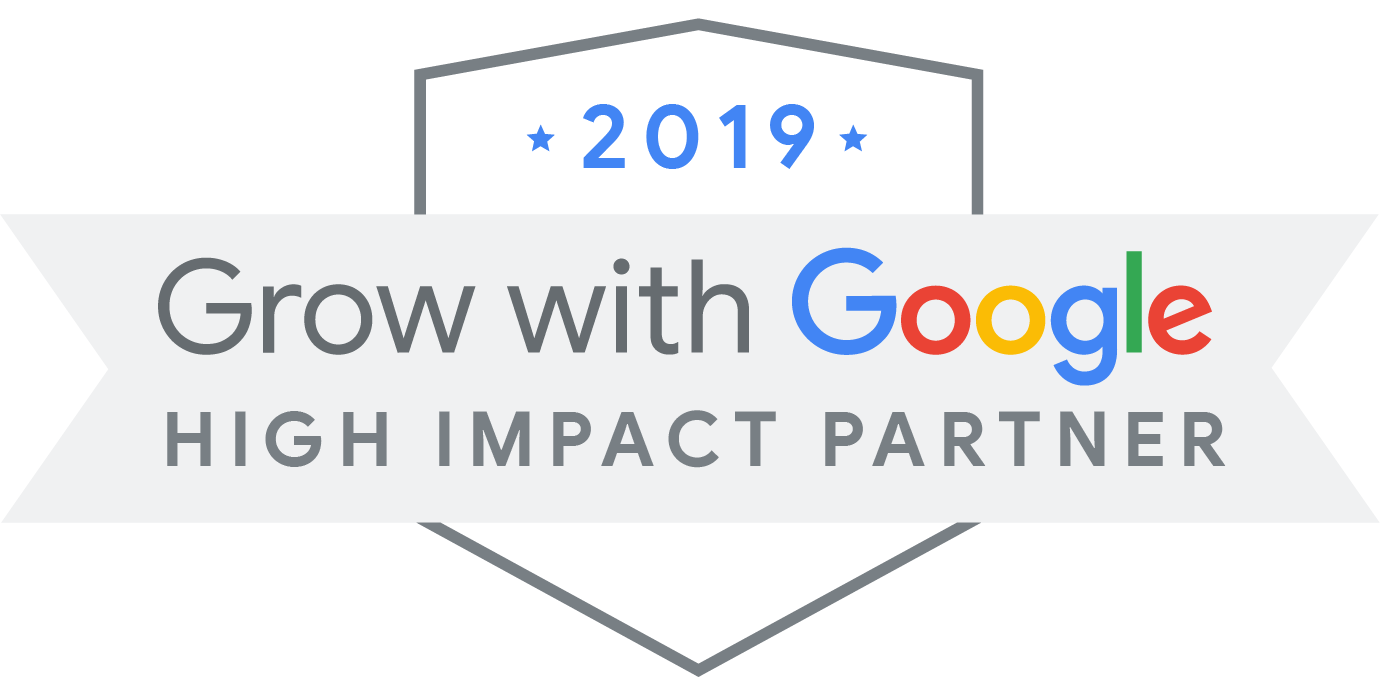
In the manufacturing industry, having a functional, beautiful website has historically been an afterthought. It was a “nice thing to have” but not a priority. However, with the rise of smaller shops and more tech-savvy customers, a functional manufacturing website is now a necessity.
But why does it have to be such a headache to redesign a website?
In the traditional web design model, changes require a significant investment of both time and money to “refresh” a site with new technology, pages or functionality. Most manufacturing businesses simply don’t have spare time, money or knowledge to do what “should” be done to keep getting worthwhile results. That’s where Growth-Driven Design (GDD) comes in. With Growth-Driven Design, websites are continuously updated every month, with substantive changes to keep your users engaged and moving through the buyer’s journey.
Why the Traditional Web Design Process Doesn’t Work for Manufacturing

Traditional web design comes with a host of problems that can plague any project and stretch out timelines beyond repair.
The Challenges
Large Up-Front Cost: The average manufacturing business website costs somewhere between $10,000-$35,000, depending on the functionality required. This is substantial! At least half will be due upon signing the contract, and expected before knowing what impact the website will have on your business. With the seasonality of many manufacturing businesses, this is a huge ask at one time.
Large Time & Resource Commitment: Websites can take between 3-9 months to build (sometimes longer). The web design process will require your time for strategy meetings, content creation, approval of all of the architecture, imagery and everything else that goes into your site. So not only does it cost a lot, it also takes a lot of your time. Oftentimes the process takes so long that by the time your website is finished, it’s already outdated.
Over Budget, Not Launched on Time, Not Flexible: People often forget about the systems tied into their website that need to remain in place, especially if you have an internal client portal as many manufacturing business do. This is known as scope creep – wrenches in your process that increase your cost and delay your project.
No Guarantees: You are going to be held to some kind of ROI from your boss for the investment made in your marketing. How can you possibly know (even with your agency’s help) that you’re launching the best performing website? You can look through user data, perform some research and make a hypothesis of what people will like to see, and how to answer their questions. But it’s just that—a hypothesis.
Why Growth-Driven Design is a Better Choice
Instead of working in long, painful chunks of time, what if you performed smaller, incremental improvements? This is the core idea behind Growth-Driven Design. Instead of throwing everything against the wall and seeing what sticks, GDD begins with an in-depth dive into your personas and goals. From there, you launch a streamlined launch pad website and each week make incremental changes to reach your goals.
The Three Goals of Growth-Driven Design in the Manufacturing Industry
1. Minimize Challenges: Avoid the challenges of traditional web design by shortening the time to launch, focusing on impact, continuous improvement, and learning. Whereas a typical website takes 6-12 months to launch, a launch pad GDD website can be ready in 1-3 months.
2. Continuous Improvement and Learning: Constantly research, test and learn about your users to guide website improvements. Make small improvements inside a consistent process, and measure to prove results.
3. As We Learn, Inform Both Marketing and Sales: Marketing and Sales are tightly integrated throughout the process. The insights we get from user data will inform and impact sales and marketing strategies.
The Growth-Driven Design Process
Growth-Driven Design is broken down into three key stages:
1Strategy
Create a plan for your website to solve problems for your users.
- Business and website goals
- User experience(UX) research
- Jobs to be done
- Fundamental assumptions
- Buyer Personas
- Journey mapping
- Global strategy
- Brainstorm wish list
- Keyword/content plan
- Competitive analysis
2Launch Pad
Quickly build a website that’s better than what you have today, but isn’t a final product. Rather, your Launch Pad is the foundation to grow, optimize and build from.
- Customize an acceleration approach
- Run sprint workshops
- Effective content development
- Invest in internal efficiencies
3Continuous Improvement
With your Launch Pad website live and collecting data, we’ll start identifying high-impact actions to grow your business.

Growth-Driven Web Design is not only easier on your wallet, but it’s also easier on your team and better for your customers. For the manufacturing industry, this streamlined approach allows you to outsource the heavy lifting of updating your website to your web design agency. We’ve found that many of our manufacturing companies don’t care about the fluff – they want the numbers on ROI and lead generation. With GDD, you can more easily pull that data since the entire website is built around monitoring those numbers.
Simply put, Growth-Driven Design adapts and evolves constantly. This approach suits the ever-changing manufacturing industry significantly better than the static nature of traditional web design.
* * *
Get Better Results with Growth-Driven Web Design – Free eBook
Growth-Driven Web Design is not only easier on your team and wallet- continuous updates and improvements to your website will keep your customers coming back for more. This free eBook goes over Growth-Driven Web Design and what you need to know to get started.
Need a new digital marketing or web design plan? We are a Minneapolis SEO, digital marketing, social media marketing, web design and HubSpot inbound marketing agency. We’re located just outside of Minneapolis. Stop on by and get started – and while you’re here, pick up a free honey stick (yes, we love our bee-related theme).
 Get Started
Get Started Support
Support Call us
Call us Email Us
Email Us



